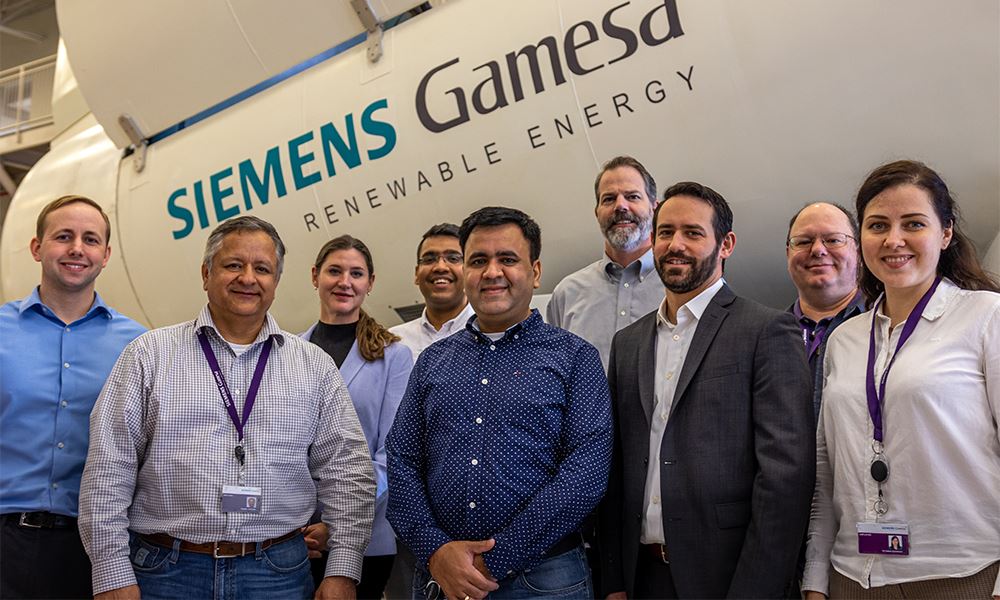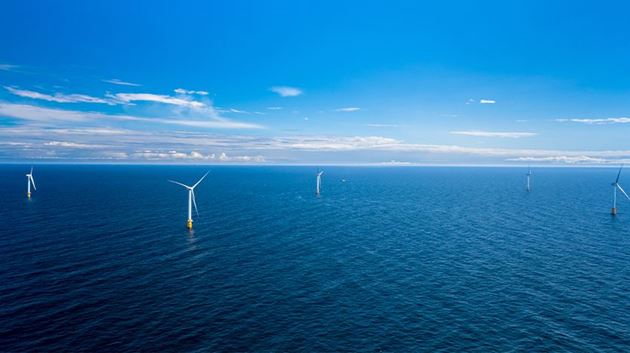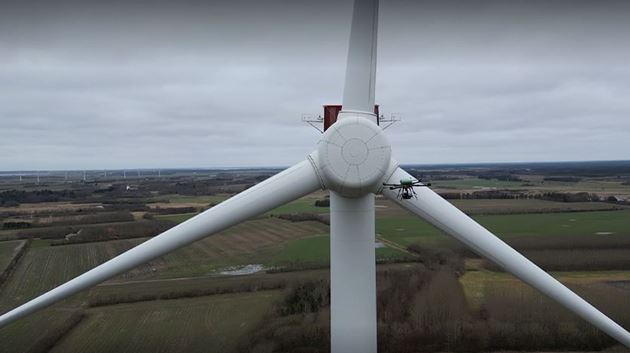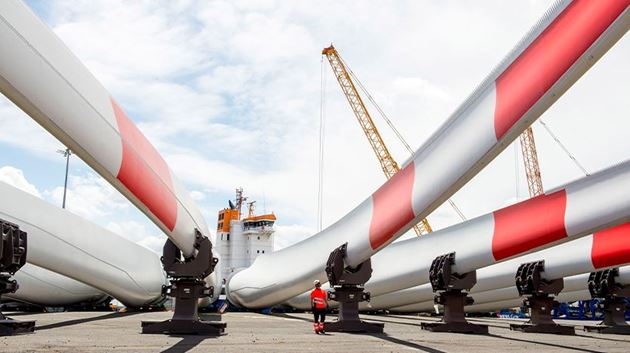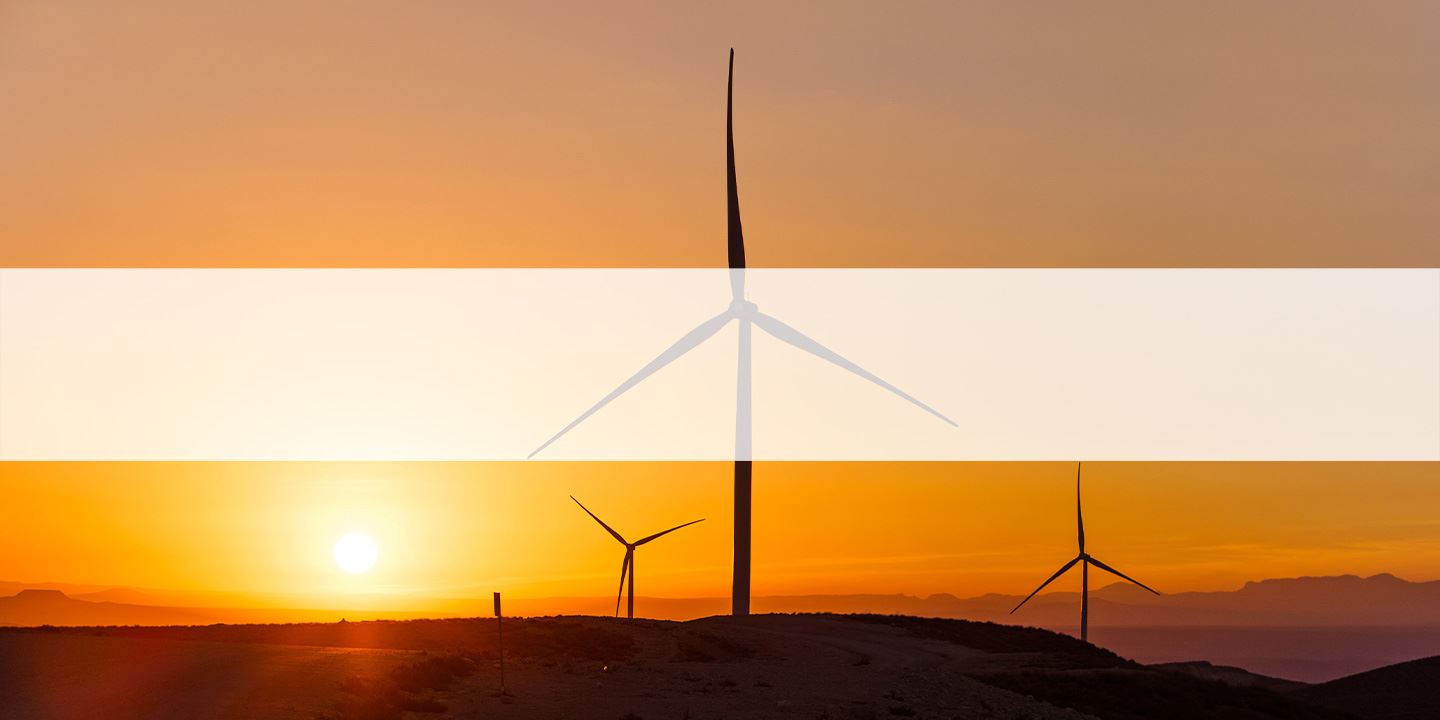
The White Creek wind project, a story on the potential of repowering
London / 13 April 2023
Whenever we speak of the climate emergency, a sense of urgency is never far behind. And it is that sense of urgency that has galvanized and rallied people all over the world behind a common cause.
Kristi Hopkins, Head of Service Sales of Siemens Gamesa in North America, is one such individual. She and her team know that combating the climate emergency isn’t possible unless we accelerate the deployment of renewable energy. Our planet and future generations depend on it. But there’s something else that’s just as important if we’re going to leave behind a greener and more sustainable world: a circular economy in which products and finite materials are no longer wasted but reused at their highest value.
Do you need further information or have specific questions around our press and media activities? Please contact us. We will be happy to take care of your request.
mediarelations@siemens-energy.com +34 944 03 73 52Refurbish, repair, recondition
This is a service story. Yes, ramping up the installation of wind turbines is essential for meeting the world’s climate targets. And that’s something we at Siemens Gamesa remain committed to. But the world also needs to cultivate a mindset that looks to repurpose and extend the life of existing products.
From a business standpoint, it just makes sense. Why throw something out when it can be refurbished, repaired or reconditioned? Why not save precious time, valuable resources and even reduce landfill waste?
If we’re serious about climate change – serious about the world we live in – then we must be serious about maintaining and extending the life of the products we use.
Building partnerships that last
Here’s a striking fact: Extending the lifetime from 20 to 30 years has the potential to lower the carbon footprint per kWh of a project by up to 35% over its full lifetime. That’s a figure that our expert Kristi knows is too good to pass up – as does Excelsior, the owner of the White Creek project in Washington state.
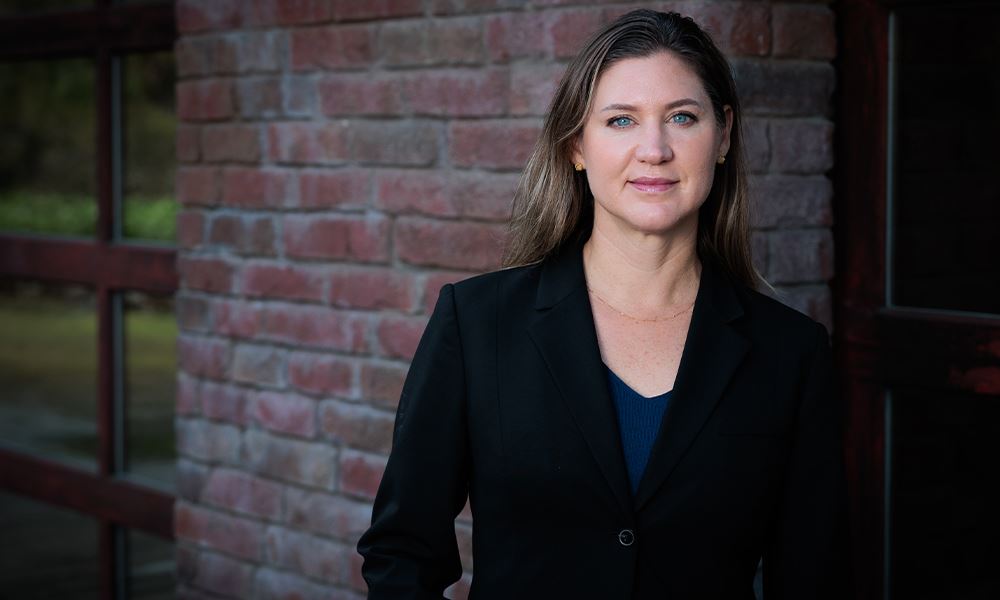
Kristi explained to us that Siemens Gamesa and Excelsior partnered up in 2022 to invest in the project’s existing wind assets – a total of 89 wind turbines – to increase both their lifespan and increase clean energy production.
The project had some issues that Excelsior was hoping Siemens Gamesa could help solve. They wanted to extend asset life, increase the project output, and achieve stable predictable returns from their investment. Excelsior needed an experienced partner who could achieve their goals quickly and effectively.
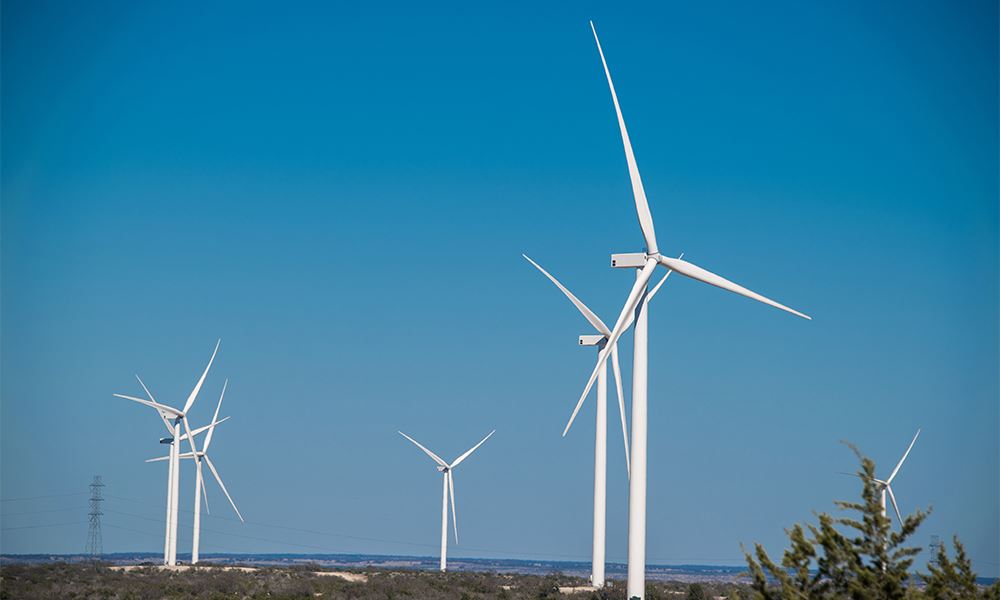
But what makes this partnership so special? The Siemens Gamesa team listened to Excelsior’s needs first and then collaborated as a team for an optimized financial and technical solution. The analyses the team carried out would usually take months. But at White Creek, the team was able to carry them out in a matter of weeks. As Kristi told us, they were driven by a real desire to make a difference. And that collaborative approach and drive led to fast and efficient engineering work on the project – all despite the strained global supply chain.
Supporting White Creek through the Inflation Reduction Act
The U.S. Government’s Inflation Reduction Act (IRA) provides tax credits for projects that generate clean electricity. Overhaul projects can typically be completed faster and with lower investment cost as compared to traditional repowering, and this means a quicker path to providing electricity to customers.
What keeps me in renewables is the desire to make the world a better place than I found it, and that involves switching to low carbon energy generation sources
Kristi and her team are confident that companies like Siemens Gamesa and Excelsior will play a vital role in winning the race against climate change.
The White Creek project demonstrates how site-tailored refurbishment plans, whether onshore or offshore, can extend the useful life of a project and increase renewable energy production and contribute to greater sustainability. The project will undergo a series of upgrades that will see its 89 turbines continue to power approximately 68,000 U.S. homes with clean energy for many years to come.
To fight the climate crisis, we’ll need to build more turbines to achieve a low-carbon electric grid– that’s a given. But once they’ve been manufactured and installed, we need to keep them running smoothly so that they can generate clean power for as long as possible.
